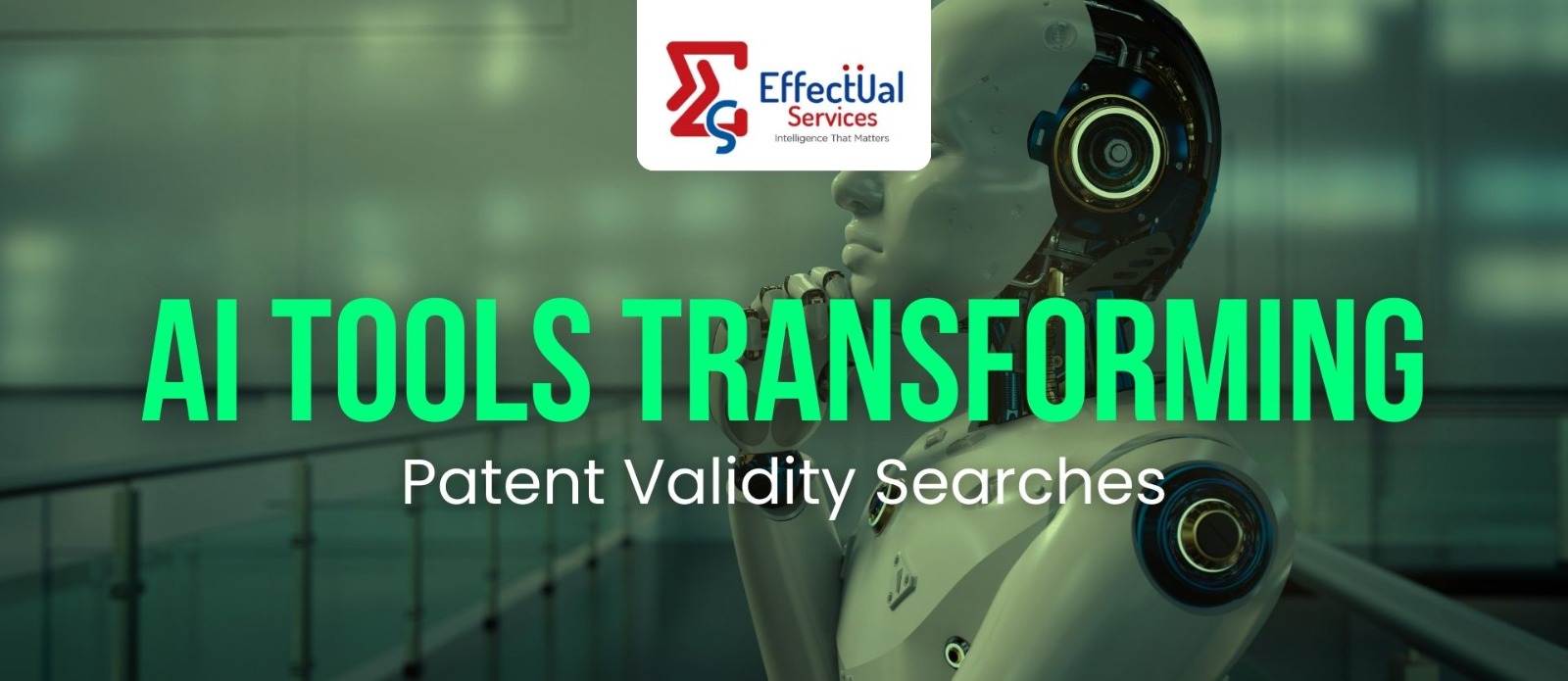AI Tools Transforming Patent Validity Searches

Validity searching is an imperative when it comes to patent law. It assists in finding out whether a granted patent would hold its ground while fighting a case or it is set to be invalidated by prior disclosures. This has until now always been a tedious and time-consuming task with all those hours spent poring over patent documents, technical literature, product manuals, and hidden references. However, AI-powered tools have started rewriting validity search methods with an intelligent, quicker, and all-encompassing solution.
The AI Revolution in Validity Searches for Patents: Transcending Classic Limits
One of the most powerful challenges when doing patent validity searches is to find relevant prior art that is difficult to access through simple keyword matching. The prior references are often hidden inside non-patent literature documents, presented in non-native languages, illustrated using non-text formats such as graphs or diagrams, or described using substantially different technical terminology. The artificial intelligence applications are addressing these knowledge voids by employing semantic intelligence, discovery of patterns and cross-language searching to discover documents that would normally be skipped.
Activities that once took weeks or days to accomplish by an analyst group can now be done in a matter of hours. The AI tools can sift through millions of documents contained in the global registries of world patents, technology journals, and public records in a matter of hours. The quality of the output is never compromised during this process; advanced algorithms examine relevance, contextual information, and claim similarity to identify the strongest leads with pinpoint accuracy. Some tools even specialize in claim-to-text alignment, in which elements of a claim are systematically compared to elements of prior documents and thus help analysts quickly determine whether prior art is already present and adequate to invalidate a patent.
Enhancing Patent Validity Searches: Speed, Accuracy and Human-AI Collaboration
AI systems prefer to present search results as interactive structures - e.g., citation networks, claim charts, and semantic clusters - that allow users to explore document relationships. It is worth noting that AI does not replace human skill at patent searching. Interpreting the law, constructing claims, and determining what is "novelty" or "obviousness" remain human decisions. What AI does is increase the analyst's ability to search more distant horizons, explore greater possibilities, and experiment with different approaches faster than before.
Analysts can work with AI-created results as leads and later use their technical and legal knowledge to determine the strength and relevance of these results. As such, AI is an extremely effective assistant - working 24/7 without prejudice and supporting human experts to make wiser decisions.
Conclusion
AI devices are basically transforming the way patent validity searches are done. They are helping experts break free of the basic search methods to uncover stronger, deeper, and better prior art. With smart algorithms coupled with expert human insight, the patent world is adopting a smarter, smarter approach to establishing validity. With the patent age of era-style strategic assets for innovation and business, leveraging AI here is no longer an option - it is necessary.
Solutions Driving Innovation & Intelligence
Enabling Fortune 500's, R&D Giants, Law firms, Universities, Research institutes & SME's Around The Globe Gather Intelligence That
Protects and Nurtures Innovation Through a Team of 250+ Techno Legal Professionals.

